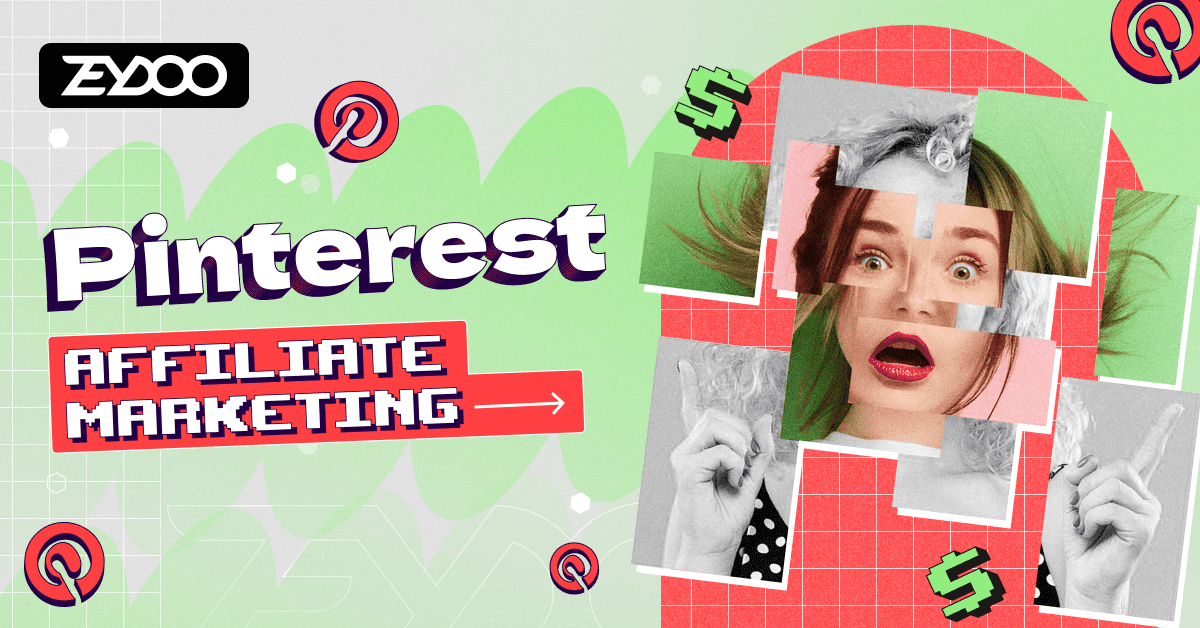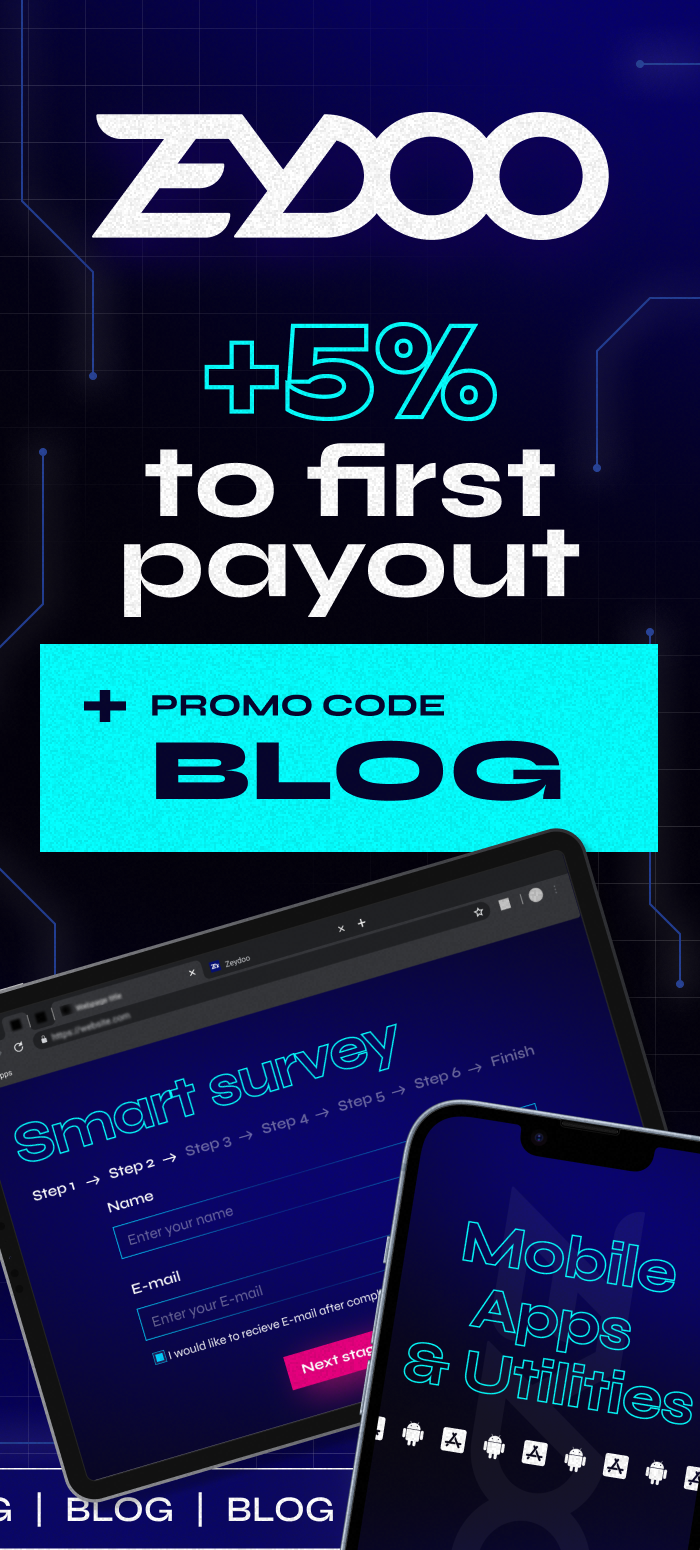Pinterest is a visual haven for inspiration and ideas, but what some people don’t realize is that it isn’t just for collecting recipes or planning dream weddings. It’s also a powerful platform for affiliate marketing.
In a nutshell, affiliate marketing on Pinterest involves promoting products or services to the platform’s 400 million active users through visually appealing pins that contain special affiliate links. When someone clicks your link and makes a purchase, you earn a commission.
Whether you’re a seasoned pinner or new to the platform, this guide will walk you through the steps of how to do affiliate marketing on Pinterest.
Table of contents
How to Start Affiliate Marketing on Pinterest
You’re already set on the idea to start affiliate marketing on Pinterest, but don’t know how to begin. Great, let’s find out how to use Pinterest for affiliate marketing. So, let’s break down the essential steps.
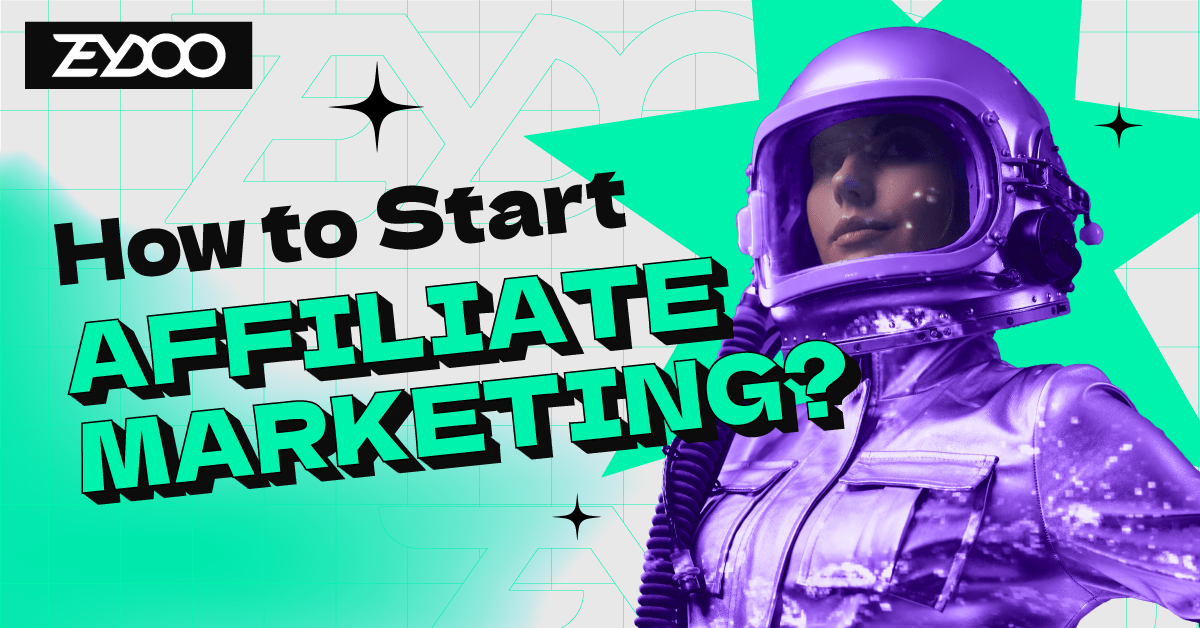
Setting Up a Business Account
While you can use a personal Pinterest account for affiliate marketing, the smartest move would be to create a Business account. This is because it would give you access to a suite of valuable features designed to help you grow your brand and track your performance.
Setting up your business account is completely free, and you can do it by using your email address or connecting it to your Google or Facebook account. Simply click on the ‘’Sign Up’’ and then choose the ‘’Create a free business account’’ at the bottom:
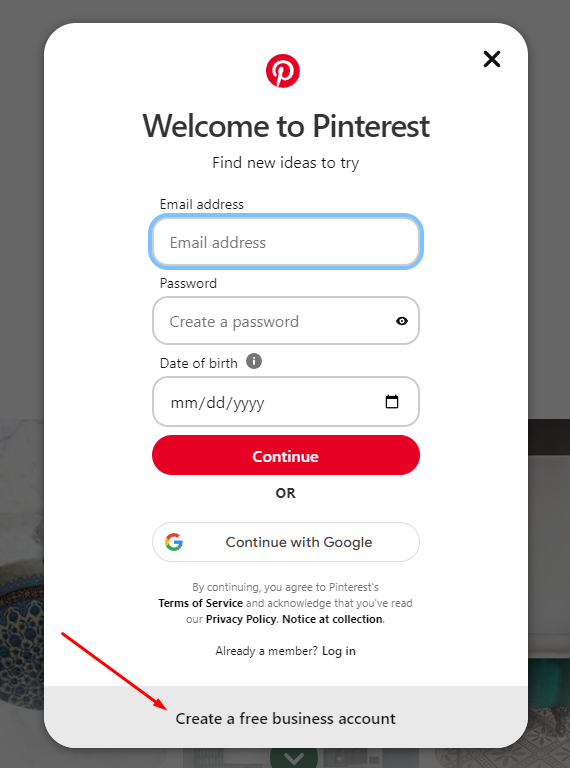
Afterward, you need to optimize your profile with a compelling description, a picture that reflects your brand, along with keywords relevant to your target audience.
Finally, all that’s left to do is connect your website, and you’ll be good to go.
Choosing Your Niche
Selecting a niche is a crucial step in your Pinterest affiliate marketing strategy. It could be anything from fashion and beauty to travel, home decor, or even pet care. Choosing a niche allows you to target a specific audience, build expertise, and increase engagement.
Our advice? Use search engine tools like SemRush to check the keyword difficulty and volumes for your niche. This way, you’ll get the best insight into how hard running a successful Pinterest affiliate marketing would be.
Finding Affiliate Programs
Now that you have a business account and a niche, it’s time to find affiliate programs that’ll fit perfectly into your business strategy. There are two main ways to do this:
- Join affiliate networks: Affiliate networks act as intermediaries between brands and affiliates. They offer a wide range of affiliate programs.
- Contact brands directly: If you have specific brands in mind, you can probably find their affiliate programs on their websites or by contacting them directly.

Creating Compelling Pinterest Content
Now that you’ve laid the groundwork, it’s time to get into the heart of Pinterest affiliate marketing. That’s right, you guessed it right, it’s all about creating pins that capture attention but and drive clicks and conversions.
There are three important steps you need to take to create content that will resonate with your audience:
1. Designing Eye-Catching Pins
You need to remember that Pinterest is a visual platform, so your pins need to be visually appealing. Here are some tips to make your pins stand out:
- Use high-resolution images that are clear, bright, and relevant to your niche.
- Pinterest loves vertical pins, more specifically with an aspect ratio of 2:3. This will make sure your pins take up more space in the feed and are more likely to be noticed.
- Add text overlays to your images that clearly show the value proposition of the product or service you’re promoting.
- Incorporate your logo or brand colors to create a consistent visual identity and reinforce your brand message.
2. Crafting Engaging Descriptions
Your pin descriptions are more important than you probably realize, and they play a key role in driving click engagement. And if you want to make the most out of these descriptions, there are a couple of things to do.
First, write descriptions that are easy to read and understand, and make sure to highlight the key benefits of the product or service you’re promoting. Next, use relevant keywords that your target audience is likely to search for. Keyword research tools are pretty helpful here.
Also, a clear call to action (CTA) in your description, such as “Shop Now,” “Learn More,” or “Get the Recipe,” will lead you a long way.
And don’t forget to be honest about your affiliate relationships by disclosing that you may earn a commission from any purchases made through your links.

3. Get the Best Out of Rich Pins
Rich pins are a type of Pinterest pin that automatically syncs information from your website to your pins. They are more informative and interactive than standard pins, which can lead to higher engagement and click-through rates.
There are several types of rich pins:
- Product pins: These pins include real-time pricing, availability, and product information, which makes it easy for users to shop directly from your pin.
- Recipe pins: Recipe pins showcase ingredients, cooking times, and serving sizes, which makes users want to try your recipes.
- Article pins: Article pins display the headline, author, and a brief description of your article, encouraging users to click through and read more.
Pinterest Affiliate Marketing Examples: Inspiration for Your Boards
The beauty of Pinterest affiliate marketing is in its versatility. It caters to a wide range of niches and interests, which allows you to promote products or services that genuinely resonate with you and your audience.
Let’s take a look at some real-world examples that might spark your creativity:
Fashion and beauty. Pinterest is all about the pretty things in life, so fashion and beauty creators always have something interesting to display. One good example:
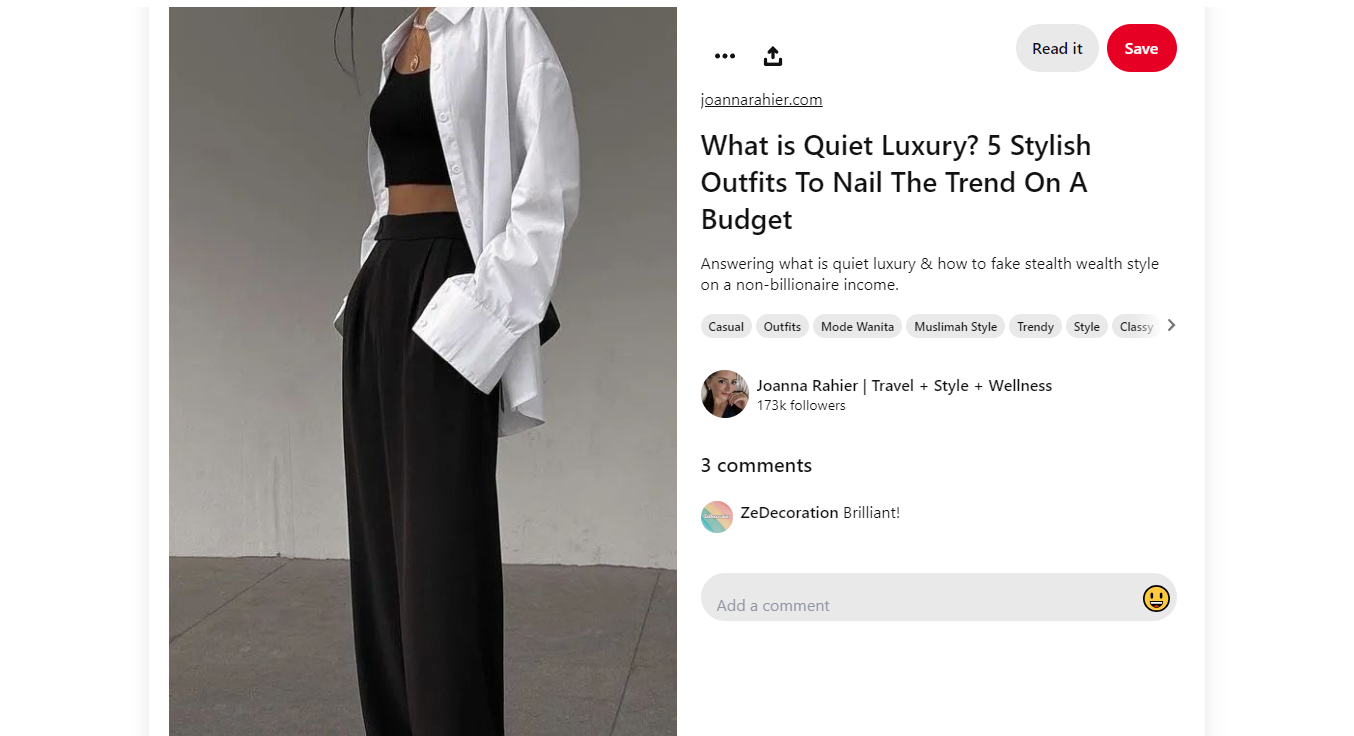
Home decor and DIY. Interior designers and home decor enthusiasts create boards showcasing different styles and rooms and share inspiring transformations. They make sure to link to the tools and materials they use – this is actually a pretty clever way of promoting products. Check this out:
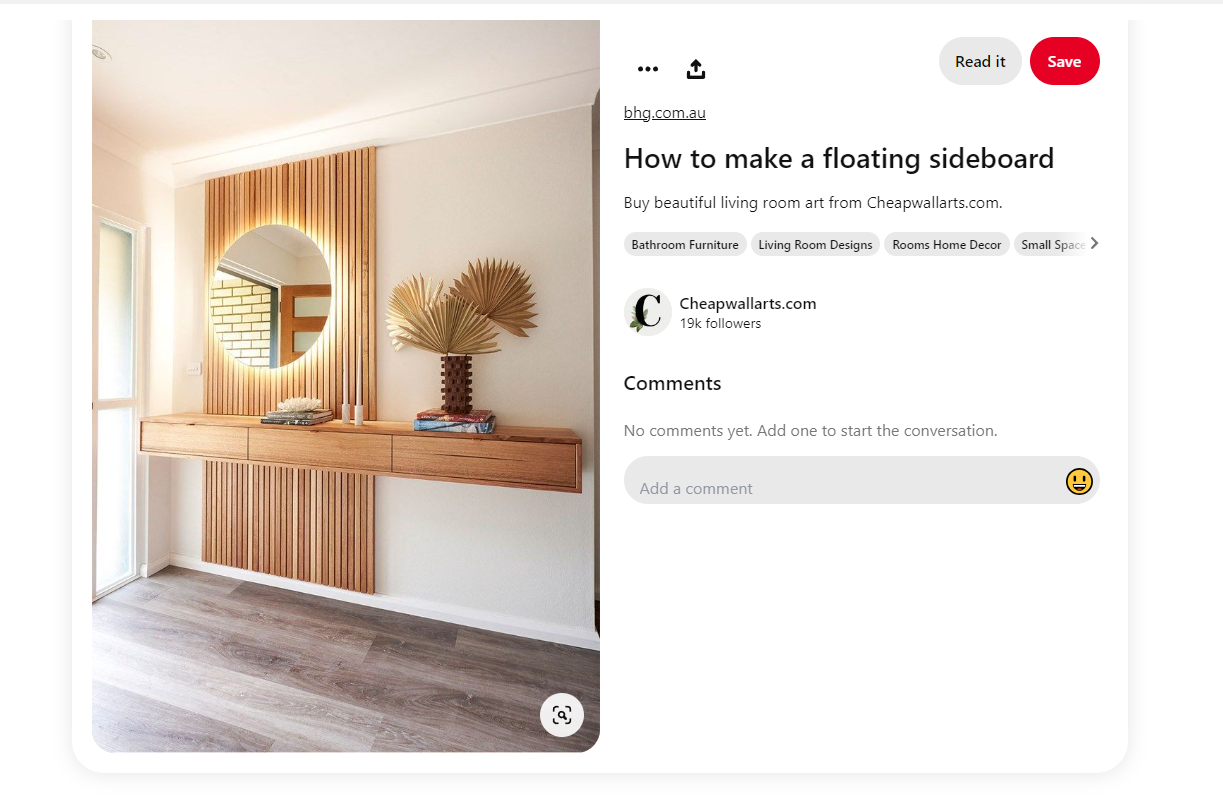
Travel and adventure. Travel bloggers create destination-specific boards filled with stunning images and helpful tips. They link to affiliate products like flights, hotels, and travel gear. Here’s a good example:
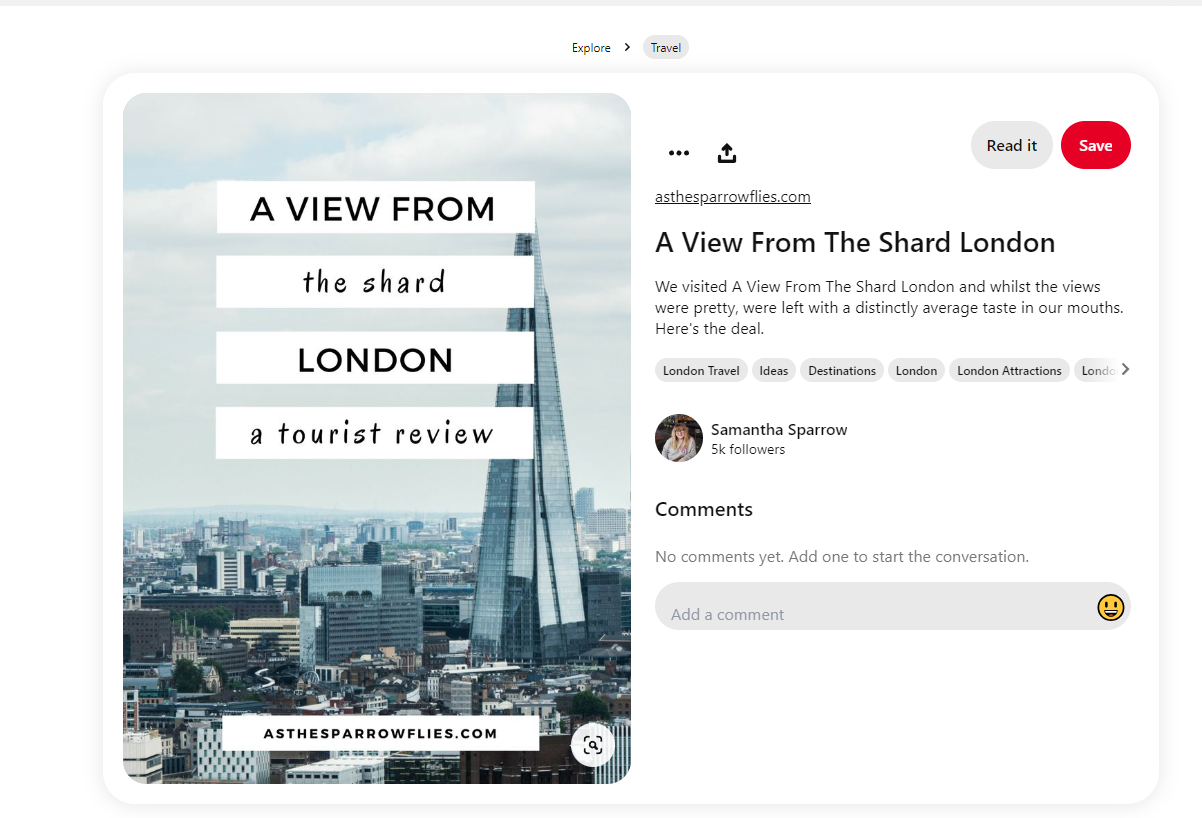
Food and recipes. Food bloggers and chefs are known for boards filled with mouthwatering recipes, linking to affiliate products for kitchen tools, ingredients, and cookbooks. Here’s a solid example:
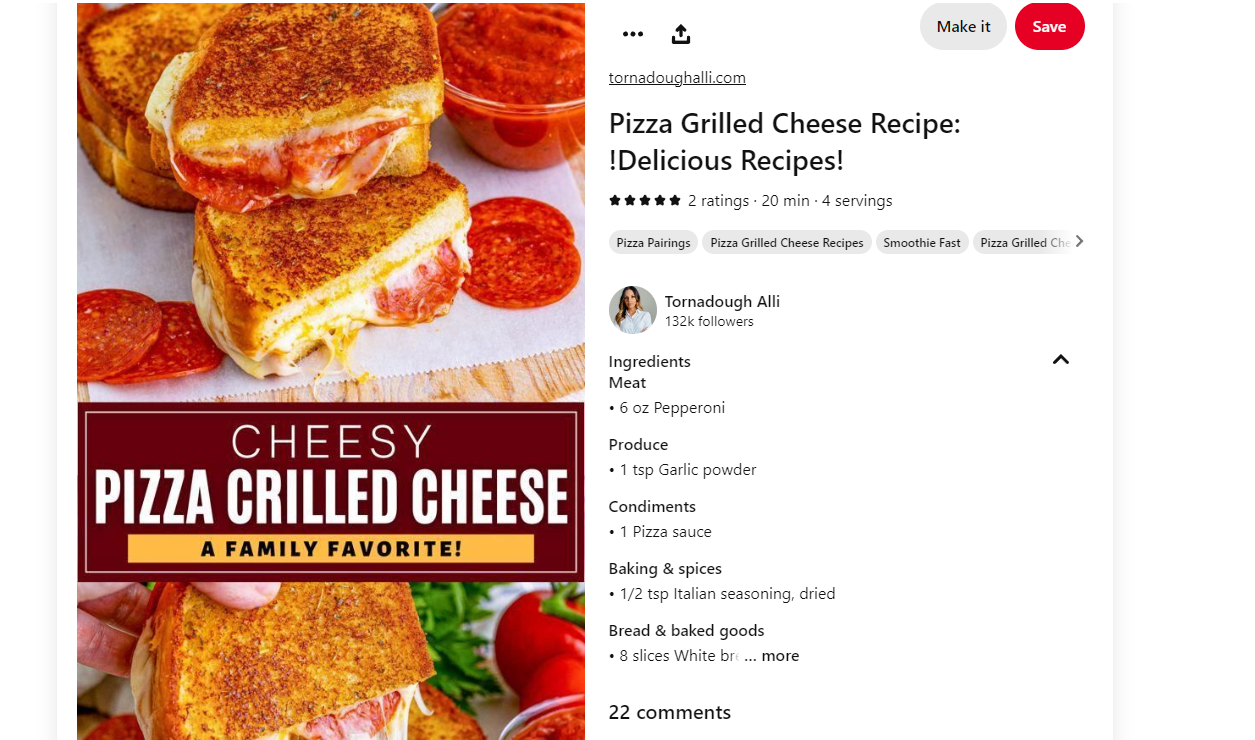
When creating your own affiliate marketing campaign, always remember that the key is to find a niche that aligns with your interests and expertise and to create visually appealing and informative pins.
As long as you focus on high-quality content and promoting products you genuinely believe in, you can build a loyal following and create a thriving affiliate marketing business on Pinterest.
Pinterest Affiliate Marketing Rules
Pinterest is a great platform for affiliate marketing, but you need to play by the rules to avoid penalties and maintain a good reputation. Here’s what to keep in mind:
- Be transparent – Always tell people when you’re using affiliate links.
- Don’t spam – Avoid overwhelming your followers with too many promotional pins.
- Promote quality – Only recommend products or services you genuinely believe in.
- Follow Pinterest’s guidelines – Make sure you know all of Pinterest’s community guidelines and adhere to them.
- Avoid misleading claims – Be honest about the products or services you’re promoting.

Final Thoughts
Pinterest offers a vibrant landscape to anyone who’s looking to get into affiliate marketing. Its visual nature and engaged audience make it a perfect platform to showcase products and services you believe in.
As long as you follow the right strategies, you can turn your Pinterest passion into a profitable income stream. Remember, with some patience, persistence, and a dash of creativity, you can unlock the full potential of Pinterest affiliate marketing.
